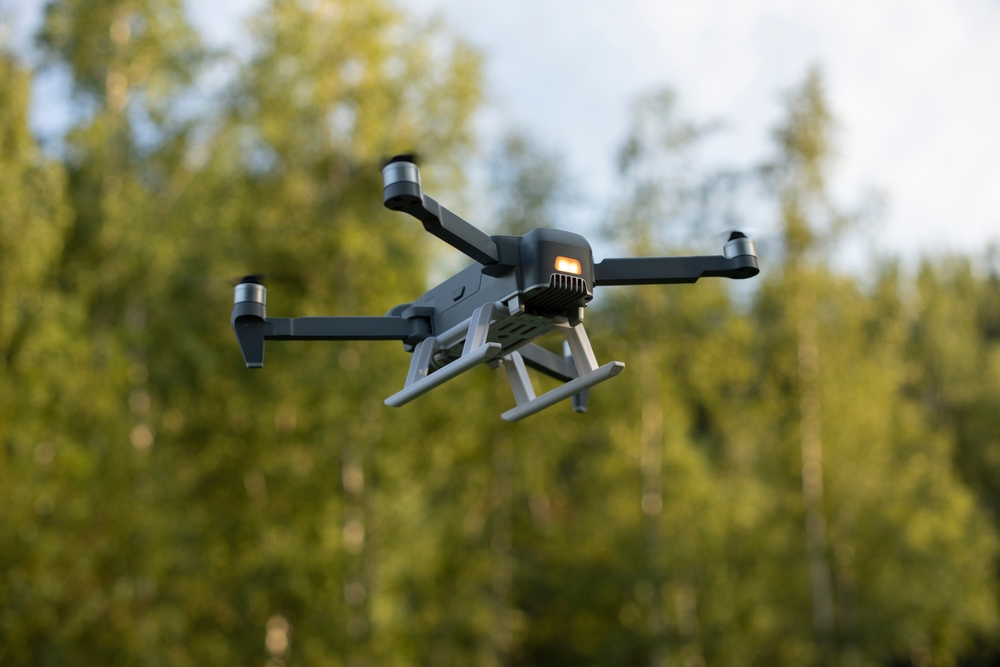Drone Pilot Training: Pathways to an Aerial Photography Career
Learning to fly a drone professionally blends hands-on flying skills with rules, safety, and creative camera work. Whether you’re drawn to aerial photography, inspections, or mapping, structured drone pilot training prepares you for responsible operations, technical problem-solving, and the certifications employers often require. This article explains what training covers, how it builds photography ability, and how to turn those skills into a sustainable pilot career.

What is drone pilot training?
Drone pilot training teaches the fundamentals of operating unmanned aircraft safely and legally. Core topics include flight principles, pre‑flight checks, emergency procedures, and the operational limits of different drone models. Good programs balance classroom learning — airspace classification, weather interpretation, and local regulations — with simulator time and supervised flights. Training also emphasizes risk assessment, record keeping, and maintenance practices that keep both pilots and equipment safe during commercial and recreational flights. Many courses offer modular pathways so students can progress from basic visual‑line‑of‑sight skills to advanced beyond‑visual‑line‑of‑sight (BVLOS) concepts.
How does training improve aerial photography skills?
Aerial photography training focuses on framing, exposure, motion control, and camera settings adapted to moving platforms. Pilots learn to translate traditional photography concepts — shutter speed, ISO, aperture, and composition — into the aerial context where stability, altitude, and flight path affect image quality. Practical lessons cover gimbal control, panorama stitching, and planning flight lines for consistent lighting and coverage. Post‑processing workflow is often included: organizing footage, color grading, and producing deliverables like orthomosaics or video reels. This combination of flight and imaging skills helps pilots capture technically sound and visually compelling aerial assets.
Which photography fundamentals do pilots learn?
Pilots are taught both technical camera operation and visual storytelling. Technical training covers lens selection, focal length choices for different altitudes, RAW vs JPEG capture, and exposure bracketing. From a creative standpoint, pilots study how light direction, scale, and perspective differ from ground‑level photography, and how to use altitude and movement to create dramatic compositions. Skills extend to client communication and planning: scouting locations, timing flights for optimal light, and delivering consistent results across shoots. These photography fundamentals are essential when working in industries such as real estate, events, film, and marketing.
Can training launch a pilot career in drones?
Structured training helps transform interest into a viable drone career by providing credentials, portfolio pieces, and operational competence. Depending on your location, certification or licensure may be required for commercial work; for example, the U.S. requires a Remote Pilot Certificate (Part 107) for most commercial operations. Beyond certification, training programs often include business modules covering pricing, contracts, insurance, and client management. Real-world career paths include aerial photography and videography, infrastructure inspections, surveying and mapping, agriculture monitoring, and search-and-rescue support. Building a professional portfolio and networking with local services or industry groups increases visibility to potential clients and employers.
How to find local services and continuing education?
Look for reputable training providers that combine classroom instruction, simulator practice, and supervised flights. Local services can include flight schools, community college programs, and certified instructors who know regional airspace rules. Many providers also offer specialty modules—thermal imaging, photogrammetry, or industrial inspections—so you can tailor training to your target market. Continuing education options include advanced certifications, manufacturer‑specific workshops, and online courses for regulatory updates. When comparing providers, consider instructor experience, student-to-instructor ratios, equipment quality, and whether the program helps prepare you for any required tests or certifications.
Conclusion
Drone pilot training equips aspiring operators with a mix of flying proficiency, regulatory knowledge, and photography technique that’s essential for responsible commercial work. By choosing a program that balances practical flight time with imaging and regulatory instruction, building a portfolio, and staying current through continuing education, pilots can position themselves for a range of careers that leverage aerial perspectives across creative and technical industries.






